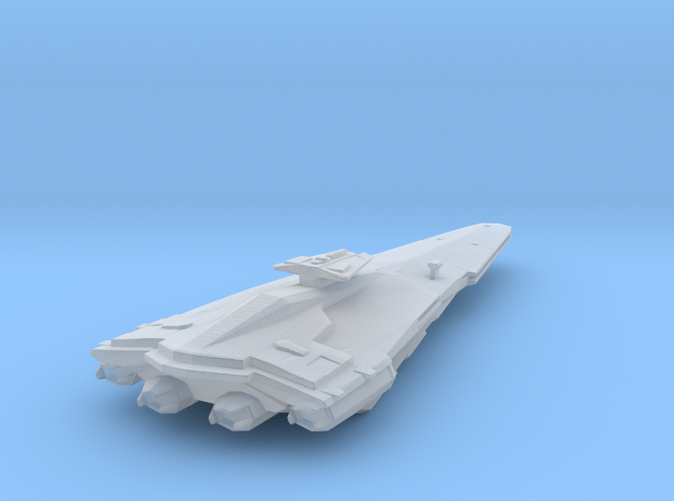

In both case the ships were scheduled for replenishement that day or the next.Īnd for the submarines, Herbert Werner wrote in Iron Coffins that his U-boot once came back to Lorient with only a pint of diesel left. The USS Spence, which foundered during typhoon Cobra reportedly had ~15% of its fuel left (which amounts to roughly 50 tons). They were not fuel-efficient (compared to bigger units) and had a smaller bunkerage.Īnd given that the consumption skyrockets as soon as action is joined, the commanders always preferred to have their bunkers full - and as a result wanted to refuel as often as possible.Īs example of ships low on fuel, according to The Last Stand of the Tin-Can Sailors, USS Johnston has less than 40 tons of oil at the beginning of the battle of Samar. I've not (yet) been able to confirm this, however. I vaguely remember reading somewhere that the BBs of TF77.2 could not rush towards Kurita after Surigao Strait for a high speed journey north would have put their fuel levels uncomfortably low. I'm not aware of any CV or BB having real trouble for lack of fuel - except perhaps Oldendorf's battle line in October 44.

Generally speaking, given their bunkerage, the heavy units like carriers and battleships were, in a fleet, the last to have to replenish.

I'm not sure there is a general rule - except the one given by JamesL. Captain_wright wrote:How low could the fuel capacity get before a vessel needed to refuel?


 0 kommentar(er)
0 kommentar(er)
